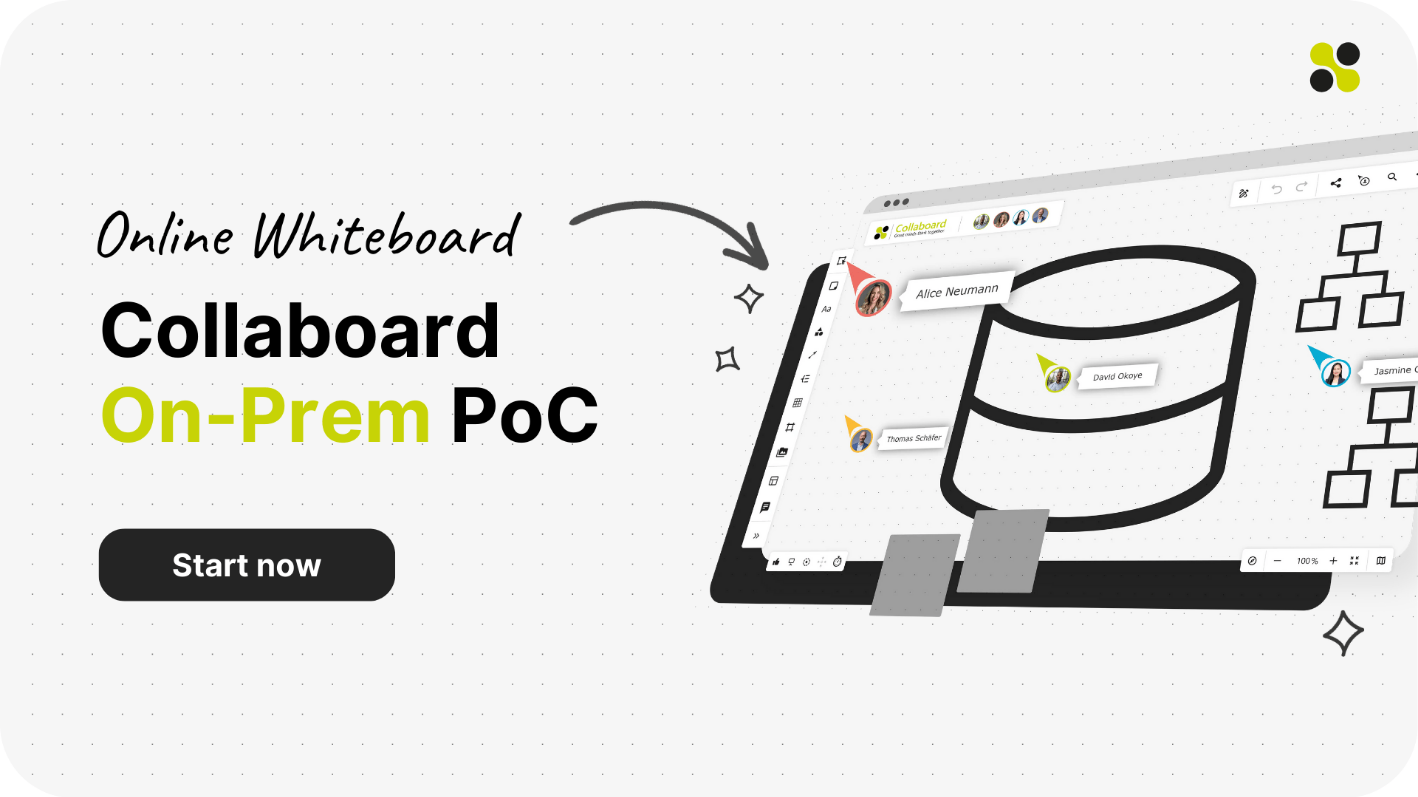Improved Reliability and Performance
Optimizing Network Performance with On-Premises Solutions
A key advantage of on-premises collaboration tools is their ability to deliver superior network performance. These tools are hosted within the company's own network, minimizing latency and maximizing speed. This primarily benefits businesses that handle large files or require real-time collaboration. By bypassing the public internet and its inherent unpredictability, on-premises solutions offer a smoother, more reliable user experience.
Reduced Dependency on Internet Connectivity
On-premises tools significantly reduce the dependency on external internet connectivity. In scenarios where internet access is disrupted, slow, or not allowed, cloud-based tools can become virtually unusable. On-premises solutions, on the other hand, maintain functionality, ensuring continuous productivity. This is particularly crucial for businesses located in areas with unreliable internet service or those that cannot afford even minor disruptions in their workflow.
Customizable for Peak Performance
Another distinct benefit of on-premises collaboration tools is their scalability and customization. Unlike cloud-based tools, which often come with predefined capabilities and limits, on-premises solutions can be tailored to match the specific performance and capacity needs of a business. Whether upgrading server capacity, tweaking network configurations, or integrating with existing infrastructure, these tools can be adjusted to ensure optimal performance.
Ensuring Consistent Quality of Service
With on-premises tools, businesses have direct control over the quality of service. IT departments can proactively manage and monitor system performance, quickly addressing any issues that arise. This level of control is instrumental in maintaining consistent performance standards, which is often a challenge with cloud-based services that rely on external providers.
Cost-Effectiveness in the Long Run
Balancing Initial Investments and Long-Term Savings
While on-premises collaboration tools may require a substantial initial investment in hardware and infrastructure, they often prove to be more cost-effective in the long run. This chapter explores how these tools, despite their upfront costs, can lead to significant savings over time, making them a financially savvy choice for many businesses.
Reducing Ongoing Operational Costs
One of the primary financial advantages of on-premises tools is the reduction in ongoing operational costs. Unlike cloud-based solutions, which typically involve recurring subscription fees, on-premises tools require a one-time investment followed by relatively minimal maintenance costs. Over time, this can amount to substantial savings, especially for large organizations or those with high data usage.
Tailored Solutions Mean No Unnecessary Expenditure
Another key aspect of cost-effectiveness is the ability to tailor solutions to specific business needs. With on-premises tools, businesses can avoid paying for unnecessary features or capabilities that are often bundled with cloud-based services. This customization means that businesses only invest in what they truly need, ensuring that their money is spent efficiently.
Long-Term Asset Building
Investing in on-premises collaboration tools also contributes to long-term asset building for a company. The infrastructure and software become the company's assets, which can be capitalized and offer value over many years. This contrasts with cloud-based tools, which, despite lower initial costs, do not contribute to a company's asset base.
Avoiding Vendor Lock-in and Hidden Costs
On-premises solutions also protect businesses from vendor lock-in and unexpected price hikes. Companies have complete ownership of their collaboration tools and are not dependent on the pricing structures of external vendors. This independence ensures financial predictability and security, particularly important in a fluctuating economic environment.
Full Control and Customization
Tailoring Tools to Business Specifics
One of the most significant advantages of on-premises collaboration tools is the unparalleled level of control and customization they offer. Each business has unique needs and challenges, and on-premises tools can be tailored to meet these specific requirements. Whether customizing workflows, integrating specific functionalities, or modifying the user interface, these tools provide the flexibility to create a solution that aligns perfectly with business processes and goals.
Seamless Integration with Existing Systems
On-premises tools can be seamlessly integrated with a company's existing infrastructure. This includes linking with legacy systems, databases, and other critical applications. Such integration ensures that the collaboration tools work in harmony with existing processes, enhancing efficiency and reducing the learning curve for employees. This is a stark contrast to many cloud-based tools, which may require significant adjustments or may not integrate as smoothly with existing systems.
Evolving with the Business
Business needs to evolve, and on-premises collaboration tools are ideally suited to grow and change with the company. They offer the adaptability to add new features, expand capacity, or refine functionalities as the business scales or shifts direction. This level of adaptability ensures that the collaboration tools remain relevant and effective over the long term, providing a sustainable solution for the business.
Control Over Updates and Maintenance
With on-premises solutions, businesses have complete control over when and how updates are implemented. This means they can schedule updates to minimize disruption and ensure compatibility with other systems. Furthermore, the in-house IT team can maintain and troubleshoot the systems, leading to quicker resolution of issues and less downtime.
Conclusion - When on-premises collaboration tools are a good choice
From enhanced security and data control to improved reliability and performance, on-premises collaboration tools offer a secure and efficient environment for handling sensitive data and ensuring uninterrupted workflow.
We've also seen how, despite the initial investment, they prove to be cost-effective in the long run, offering significant savings and asset-building over time.
The ability to fully customize and control these tools to meet specific business needs stands out as a unique benefit.
They can be seamlessly integrated into existing infrastructures, adapted to changing business requirements and maintained according to the company's own schedule and standards. This level of customization ensures that businesses are not just adopting technology but are actually tailoring it to enhance their operational efficiency and long-term strategic goals.
In summary, on-premises collaboration tools are not just a technological choice but a strategic business decision. They provide enhanced security, data sovereignity, reliability, cost savings, control, and customization, aligning closely with the varied and evolving needs of modern businesses. By choosing these tools, companies are not only investing in robust technology but are also securing a future-proof and adaptable collaboration environment that can grow and evolve with their business.
List of On-Premises Collaboration software
Collaboration solutions for on-premises filesharing
Collaboration solutions for on-premises chat
On-premises video conferencing tools
Collaboard the on-premises Online Whiteboard
Collaboard emerges as a standout on-premises online whiteboarding solution. It's designed to facilitate interactive and engaging teamwork, regardless of where team members are located. By offering an on-premises deployment option, Collaboard ensures that companies have full control over their data and collaboration environment. This innovative tool transforms how teams brainstorm, plan, and execute their ideas.




